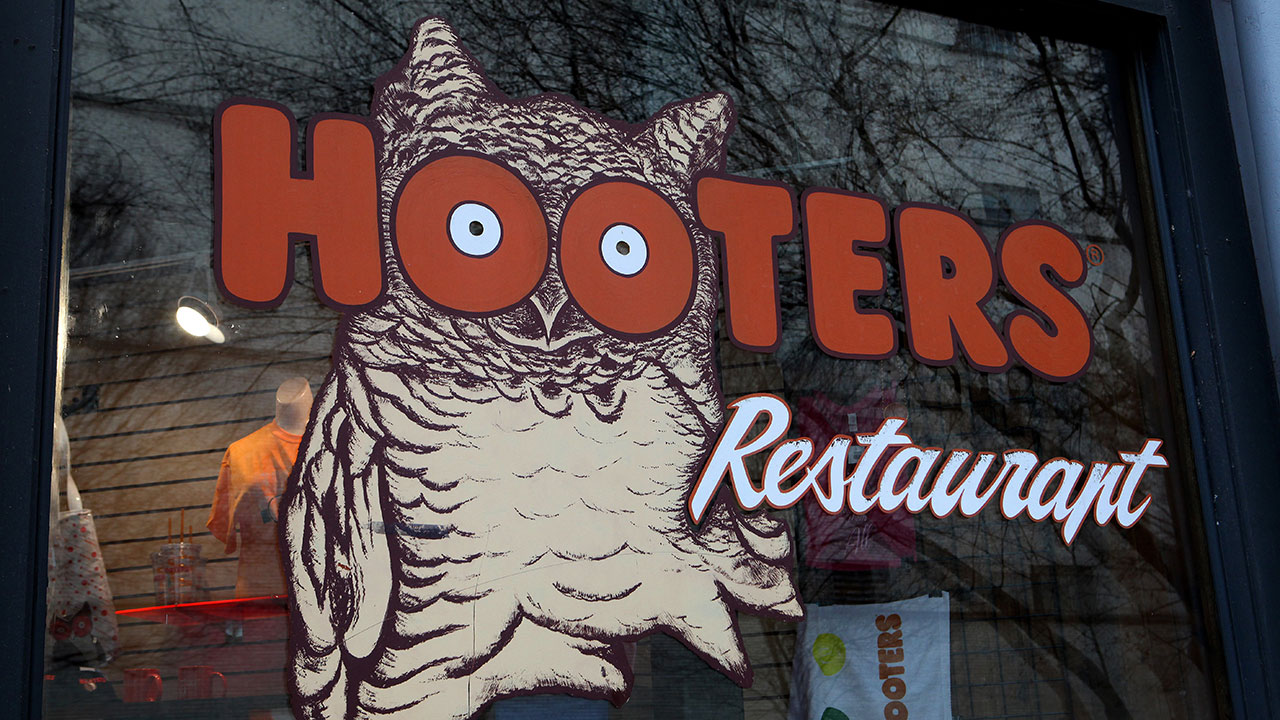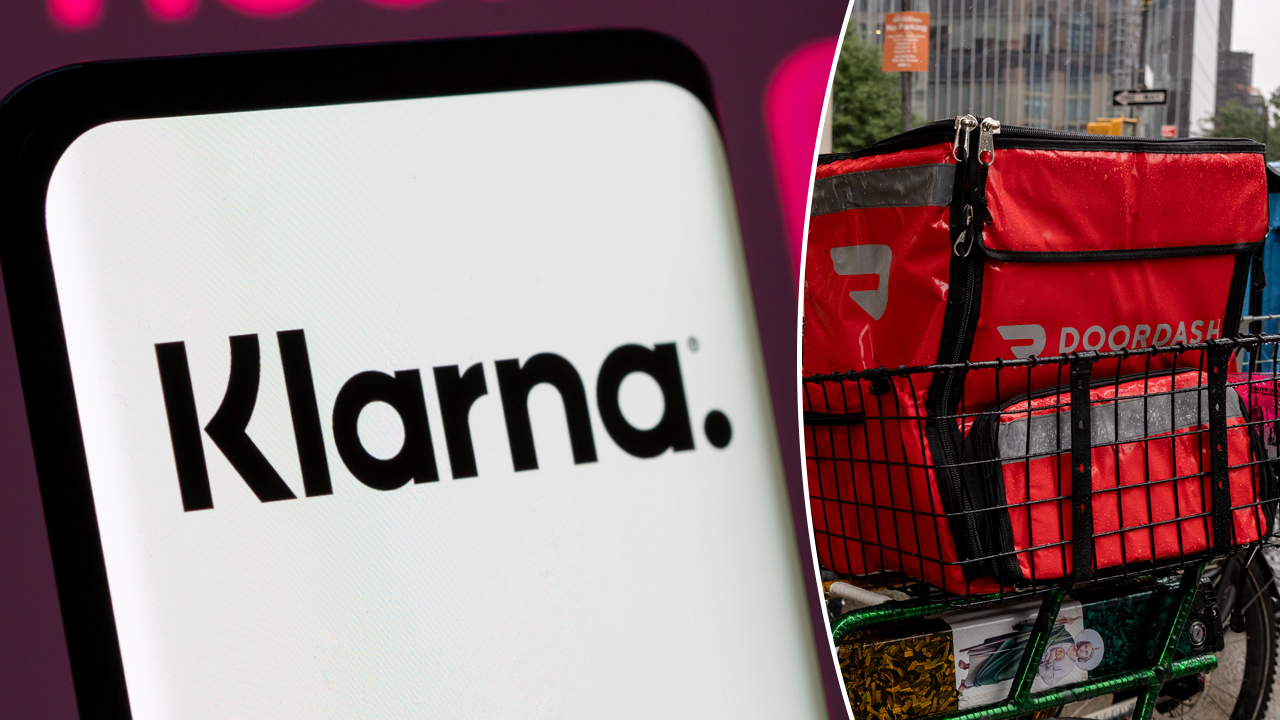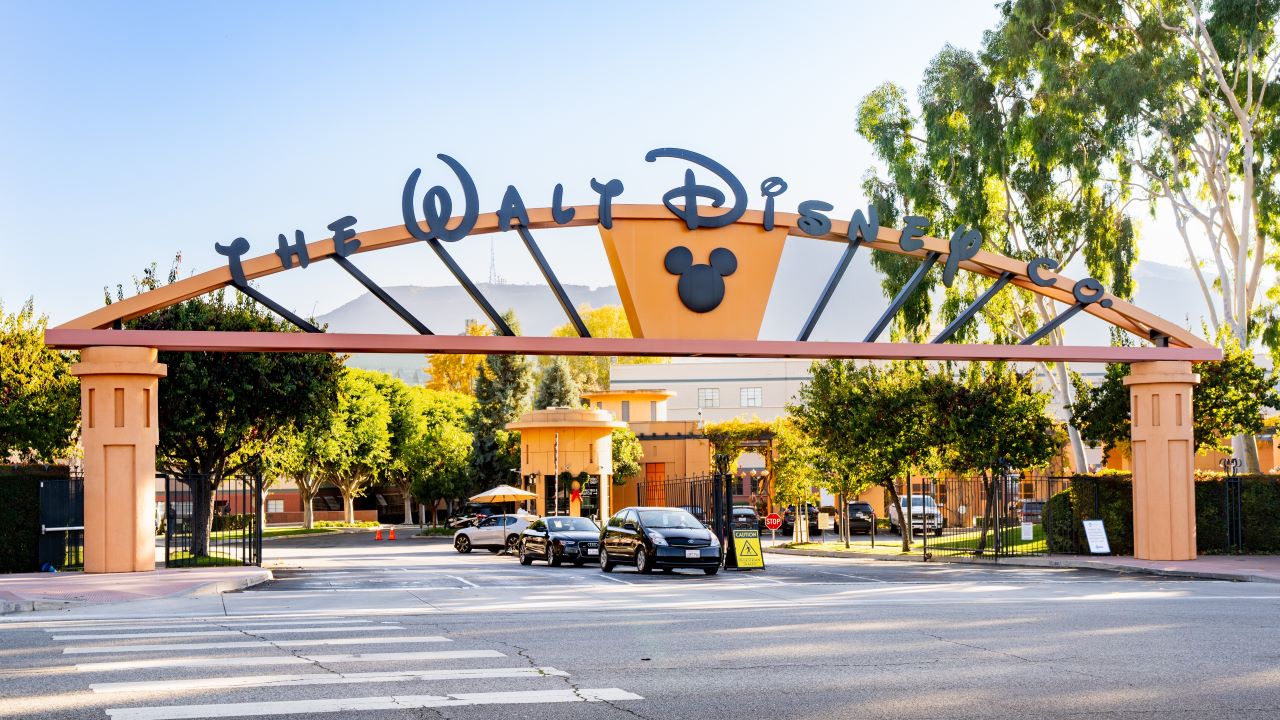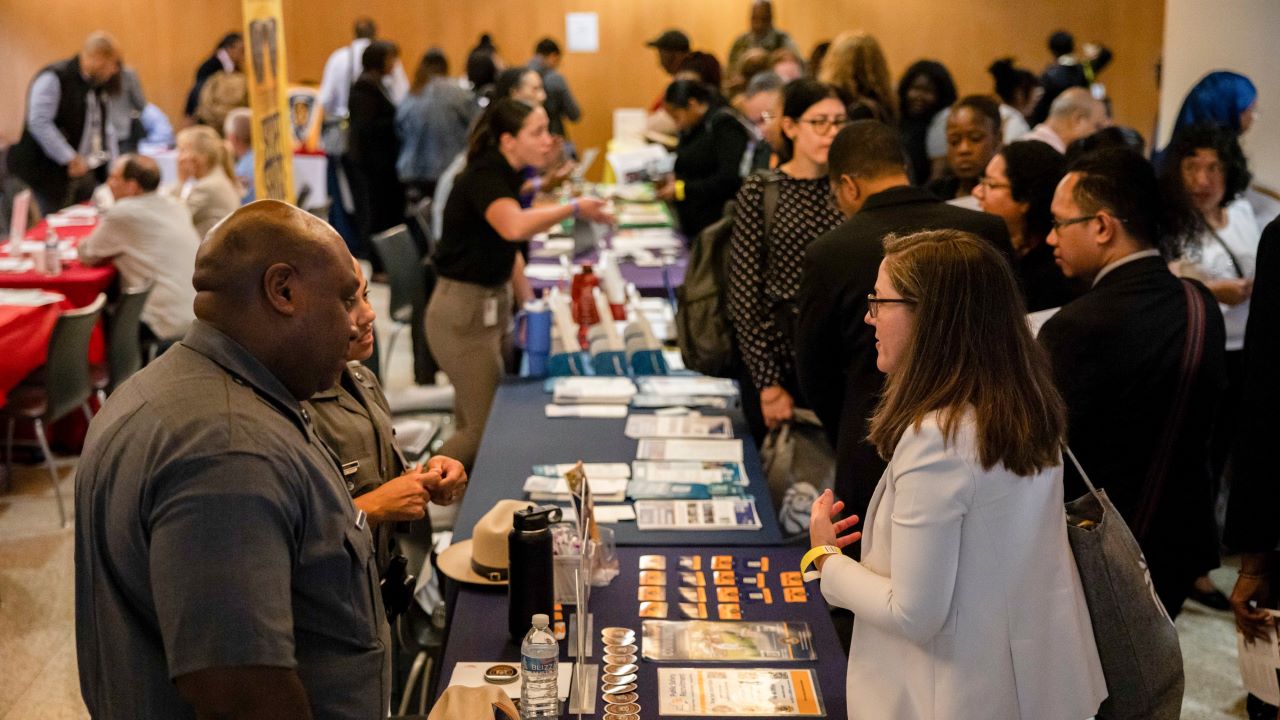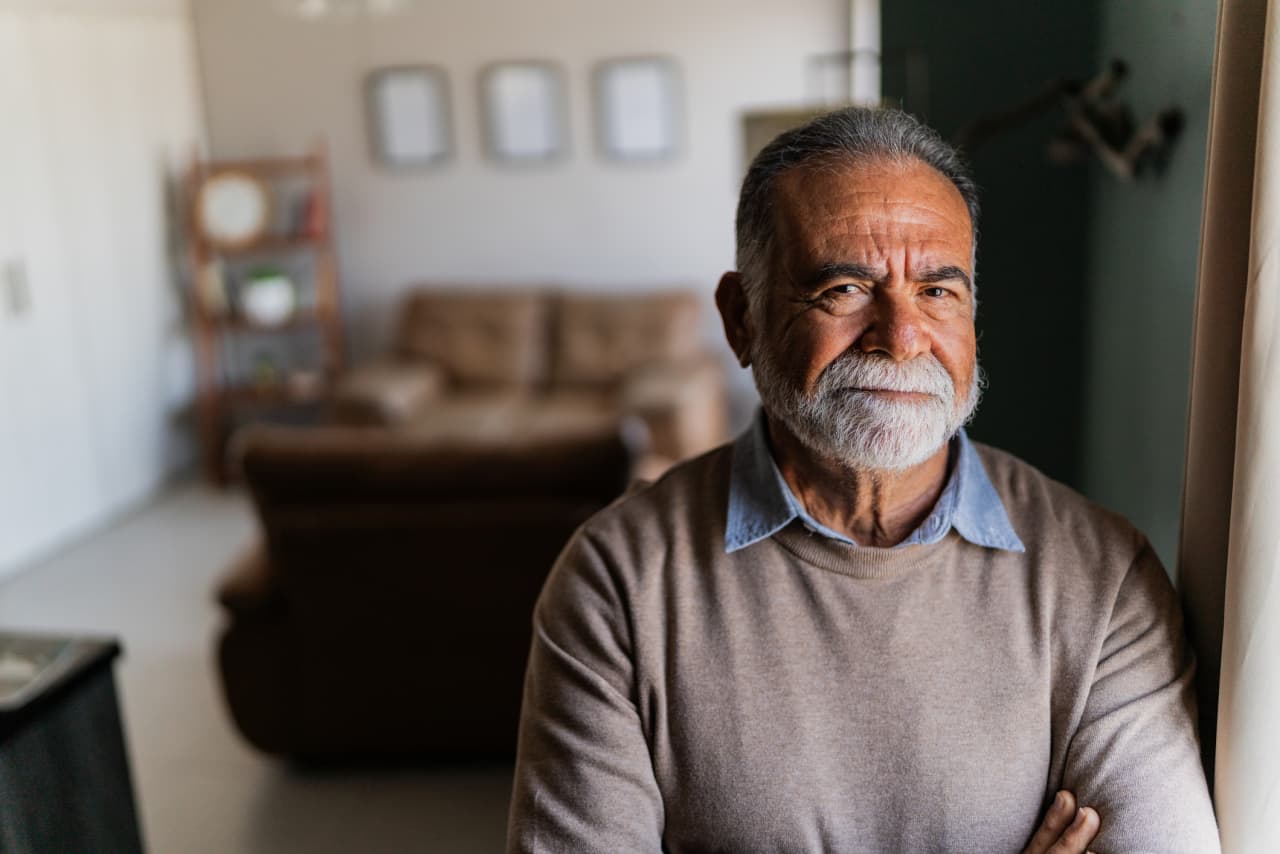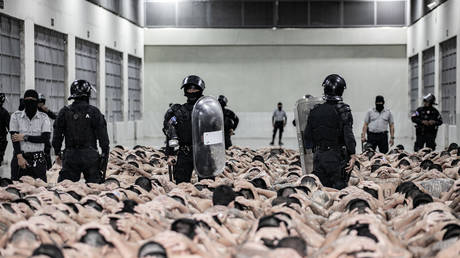The Middle Child of Southeast Asia Claims Its Spotlight: How to Eat Like a Local in Kuala Lumpur, Malaysia
Our in-the-know culinary travel guide to the best things to eat in Malaysia's capital city—plus recipes for making many Malaysian classics you'll find in the city at home.


When travelers who love food think about taking trips to Southeast Asia, they inevitably look at destinations like Bangkok, Singapore, Ho Chi Minh City, and Bali. Malaysia’s capital, Kuala Lumpur, is often overlooked—it's the place to go for a connecting flight, not a prolonged culinary tour.
But those people are missing out on a vibrant city—home to both skyscrapers that tickle the clouds and centuries-old neighborhoods, where the maze-like streets seem to hold the stories of countless families, told in dozens of languages over many generations. And the food! A glorious, dizzying table drawing from nearly every culture in Asia, then layered with influences from Europe, the Americas, and beyond.
“KL is like a middle child who went to study overseas,” says Serious Eats contributor Alia Ali. “There’s something kind of like wanting to prove herself, but she also doesn't realize she’s already cool. We’re surrounded by places that are more popular and touristy, like Thailand and Singapore, Indonesia and Vietnam. People are like, ‘Where is Malaysia?’”
Ali is a native Malaysian and chef who’s contributed more than a dozen recipes to Serious Eats, and she knows Kuala Lumpur inside and out. She is our guide to the “Muddy Confluence” (the city name’s literal meaning in Malay) for our second round of Global Eats, a food lover's guide to the culinary capitals of the world. (You'll find the first Global Eats series here.)
Malaysian Melange
Originally founded as a tin-mining camp in the mid-19th century, Kuala Lumpur has since grown rapidly into a major metropolis of nearly 100 square miles and more than 2 million people. When it comes to the KL food scene, it’s the people that have made all the difference, with a Malay majority buttressed by substantial enclaves of Chinese and Indian KLites. Over the past decades, it’s seen a huge influx of construction, manufacturing, and service workers from all of Southeastern Asia and South Asian countries, including Pakistan and Sri Lanka. That diversity is reflected in the food, which is not so much a melting pot as it is an all-you-can-eat buffet.
“Trying to pin down what Malaysian food is is really, really hard,” Ali says, adding that while in some places there's a focus on assimilation, in Malaysia, there's more of a focus on diversity.
More recently, Kuala Lumpur has become home to a rapidly growing number of Westerner expats, who—along with global influences like social media—have turned the increasingly sophisticated Malaysian capital into the gateway between the rest of the country and the rest of the world, especially when it comes to food. “It’s absolutely the place where trends filter down from,” Ali says. "The whole Instagrammabale café culture started in KL and went out from there. Everything trickles down from KL.”
When you’re in town, remember that Kuala Lumpurians see no problems eating whenever they want, no matter what the clock says, with only vaguely set times for breakfast, lunch, and dinner and no taboo against, say, deciding to eat a giant bowl of noodles at 3 p.m.—or 3 a.m.—just because you feel like it. “We love eating,” Ali says. “In Malaysia, eating is a sport.”
Restaurants
Village Park
5 Jalan Ss 21/37 Damansara Utama, Petaling Jaya 47400 Malaysia
In Kuala Lumpur, getting a bite to eat usually means street food. And that even applies to what’s considered Malaysia’s national dish, nasi lemak, a coconut rice that’s typically served with dried anchovies, fried peanuts, a boiled egg, and sambal. As with any prominent dish so closely associated with a national culture, ranking the best places to get nasi lemak is a subject of eternal and perpetually unresolved debate. (If you want to see Malaysians argue for an hour, ask them to recommend the single best roadside nasi lemak vendor.) But the answer is usually an older Malaysian “auntie” who sets up shop along a well-trafficked street with a nondescript cart loaded with aluminum trays and bowls of her ingredients.
You can tell who the popular, and generally best, aunties are by the number of cars and motorcycles parked on the side of the road as their drivers line up for their turn at her stall. The auntie will ladle a heaping serving of the fragrantly coconutty rice onto a banana leaf, wreath it with your desired toppings, and wrap it up for you to take back into your car. (Ask for “nasi lemak bungkus”—“bungkus” is Malay for “wrapped.”)
“Recommending a single nasi lemak place is like telling the world you have a favorite child,” Ali says. “I love to eat nasi lemak in suburbs like Ampang and Petaling Jaya, near the housing estates around 7, 7:30 in the mornings, where they have these aunties who set up stalls on the side of the road so you can pick up a couple packs of nasi lemak on the way to work. These aunties are home cooks, and their nasi lemaks are usually unparalleled.”
But the nasi lemak aunties pack up as soon as they’re sold out and don’t return until the next morning. So if you’re not into getting up at dawn and driving out to the suburbs on your vacation, Ali suggests going to Village Park, a restaurant in Petaling Jaya that’s part of what Malaysians call a shop lot, a multistory building with a commercial property on the ground floor, forming a kind of urban strip mall. 
“A very famous place for nasi lemak is Village Park, and a lot of people think they're wonderful,” Ali says. This will save you a trip to the suburbs, but you should still go in the morning: “There’ll be a line on weekends spilling over onto the sidewalk—you have to get there earlier or the chicken thighs will run out.”
Though the restaurant has a giant, wooden sign and bamboo roller blinds on the front, it’s a mostly utilitarian affair inside, with glass display counters where you point to what you want to eat, collect and pay for your food, and then push your way through the elbow-to-elbow crowd of Kuala Lumpurians waiting for their turns to order at the counter in search of a table to eat.
“I like my nasi lemak savory, as it’s the main flavor hit, and my favorite is to order a dish of paru goreng, or fried beef lung, to go with it, fried with spices like coriander and cumin," Ali says.
For her own nasi lemak recipe, though, Ali drew upon a combination of the dishes served both by roadside aunties and places like Village Park, along with memories of being her mother’s garlic- and onion-grinding sous chef in the kitchen.
“My mother would make nasi lemak sometimes on the weekends, but her sambal did not take as long—the sambal in this recipe takes several hours, and my mom’s version is fresher and more bright red than dark red. The sambal I developed for this recipe was more in line with the kind of sambals they sell at stalls and restaurants, cooked for a long time and bordering on smoky—the kind of sambal that people look for when they come to Malaysia.”
Mark's Asam Laksa
Wisma New Asia Lot 106 and 107, 57 Jalan Raja Chulan, Bukit Ceylon, Ampang
If nasi lemak’s all but the official national dish of Malaysia, noodle soups are the heir apparent, waiting in the wings and ready to take the top spot. And among the noodle soups, or laksas, of Malaysia, it’s asam laksa, or “sour noodles,” that is arguably the first among them. Though laksa traces back to the Peranakan Chinese, the first wave of Chinese settlers to Southeast Asia, asam laksa is today thoroughly identified with the tiny but populous city-state of Penang on the country’s northwest coast.
“Asam” is the Malay word for both “tamarind” and “sour,” and asam is the defining—but by no means sole—characteristic of this complex, brothy meal that balances the fishy saltiness of mackerel or sardines with the peppery freshness of Vietnamese mint, and of course that mouth-puckering, molasses-y tamarind.
“I was very much homing in on a rounded sourness instead of sharp tang, and I wanted it to be as generous as possible with the fish while also as fragrant as possible,” Ali says of her take on asam laksa. “So it has lemongrass, galangal, Vietnamese mint, regular mint, and the fish to make [the dish] briny and a little spicy with that well-rounded sourness.”
Mark’s Asam Laksa, an unassuming restaurant that caters to office workers in the city center, has been the high water mark for Ali when it comes to eating the dish when out—so much so that she had them cater her engagement party.
“It’s not quite in a food court, but it’s popular with office workers for lunch, so if you get there at 1 o’clock, you’re not going to get a seat,” she says. “So when I go there, I have to show up at either 11 or 3 o’clock.”
What Mark’s Asam Laksa lacks in décor—think about the layout of your typical airport fast-casual place, with an L-shaped counter, a three-by-three grid of two-tops jammed together, and the meat- and rice-filled plastic containers arrayed in a ready-to-go fleet behind the glass—it makes up for with the cheek-crimping superbness of its asam laksa. Its thick, chewy noodles come in white plastic bowls, and are topped with a veritable forest of mint leaves, blooming with red chile slices, and emitting heady plumes of steam from the tamarindy-fishy broth.
Bangsar Fish Head Corner
No. 18, Medan Selera Lorong Ara Kiri 3 Lucky Garden Bangsar
For important occasions—or when they simply want to have a really good weekend brunch with the family—Malaysians like to go big with a fish head curry, a blend of South Indian and Malay food traditions that results in a rich, fragrant stew of whole fish heads swimming in an orangey broth dotted with bright-red blotches of spice-infused oils.
“If you order fish head curry, it’s like, ‘Wow, are you celebrating something?’” Ali says. “If you’ve got that giant pot of fish head curry at your table, people will be looking at you enviously.”
Even though it’s a special-occasion kind of meal, fish head curry—which is typically something everyone at the table digs into from that big, communal pot—isn’t the one to wear your fanciest clothes for.
“It’s very much an eat-with-your-hands type of deal, and I wouldn’t recommend eating fish head curry with cutlery because then you’re not going to be able to get into all the nooks and crannies and suck on the cartilage to get every last bit of fish,” Ali says.
An open-air restaurant that started as a modest stall in the 1980s, Bangsar Fish Head Corner is a KL culinary institution that has since grown into a sprawling collection of indoor and outdoor tables. It always seems to have a long line of people leading up to the counter that's covered with big, bubbling cauldrons of saffron-hued curry. As the name implies, fish head curry’s the specialty.
“If you were Sylvester the cat, you’d be floating in the air just smelling it,” Ali says. “It’s got a really good, strong, spicy flavor and smell, and they tend to use a very meaty fish for a complex spiciness that’s iconic when it comes to fish head curry.”
When Ali developed her own fish head curry, Bangsar was at top of mind, though she had to make concessions to the realities of the home kitchen.
“I would have loved to have made it that thick, but I have a feeling they do some kind of roux, and if you’re making a spice mix by yourself from scratch, it’s not super easy to get it right,” she says. “And I would say that the curry powder in my recipe is the minimum amount. I would easily double the curry powder if you want to make it as strong and complex as Bangsar.”
Pin Qian Klang Bak Kut Teh
Lot 10 Shopping Centre, Lot 10, Hutong Heritage Food Village, LG Floor, No. 50, Jalan Sultan Ismail, Wilayah Persekutuan
A Hokkien Chinese contribution to Malaysian cuisine, bak kut teh, or Malaysian pork bone soup, is a favorite late-night nosh for many KLites, a hearty meal redolent of a variety of Chinese herbs.
“It’s super hearty and super rich because they tend to use cuts of pork from the belly or the rib, so you get the deep flavor from the bone and the fattiness from the belly, and all these Chinese spices that make you feel good and nourished eating it,” Ali says.
Ali and her then-partner developed their version of the recipe based on her partner’s grandmother’s family recipe, which used spices like star anise, fennel seeds, cloves, and cassia bark along with Chinese medicinal herbs to bathe the pork cubes, which become mouth-meltingly soft while adding silkiness and richness from collagen to the dish.
“If you’re a Kuala Lumpur city person and you eat pork, there will absolutely be a time in your life when you’re out partying after midnight and you’ll say you want to go to Klang and get bak kut teh,” Ali says. “You’ll go to a place with the usual white, fluorescent lights, plastic tables, with the heavy smell of pork soup in the air and people speaking different dialects of Chinese around you. And these places are not air-conditioned, so on a hot, humid night, you’re sitting there sweating and eating a hot bowl of soup, and it’s great.”
Luckily, you don’t have to venture all the way to Klang, about an hour outside of KL, to enjoy bak kut teh. The Lot 10 Huton food court right in the middle of the city—and not terribly far from the Petronas Twin Towers—specializes in Chinese food venues, most of them branches of famous citywide Chinese street food stalls but in a single convenient, central, and air-conditioned place. This is a great place to try out a little bit of the ethnic Chinese cuisine of Kuala Lumpur, ordering dishes from the various stalls and then taking them back on a red plastic tray to one of the small Formica tables in the communal seating areas throughout the space. Among the stalls here is Pin Qian Klang Bak Kut Teh, which, as the name states, focuses on Klang-style bak kut teh. It may be the easiest way to recreate the classic KLIte youth rite of passage of a late-night, post-clubbing food road trip—without the clubbing, late night, or road trip.
Nonya Colors
Various locations
Central to learning about Malaysian desserts is the concept of kuih, sweet-and-savory finger snacks that must never require more than two bites each. Ali describes them as the “Venn diagram of tasty and iconic and approachable” in Malaysian cuisine.
“The daintiness is the point, because it reflects on the refinement of Nonya culture,” Ali says, using the term for married Peranakan women.
Usually made with some kind of rice flour, kuih are an inescapable part of—of all things—office culture in the Malaysian government, and you can often find evening aunties (as opposed to the morning nasi lemak aunties) crowding the sidewalks near government buildings, selling a dazzling variety of the sweet treats for office workers to take back to the office or nibble on during their commutes home.
“Kuih is emblematic of government office meetings,” says Ali, who’s experienced her fair share of them. “If a government meeting is at 10 a.m., 100% they will have kuih, and they usually get legit aunties to cater for these things.”
Though there’s a wide variety of kuih to choose from, Ali’s kuih recipe for Serious Eats is for onde-onde, a sweet palm sugar dumpling in a soft coat of coconut shavings. The outer shell of pandan-scented rice dough embraces a gooey palm sugar center, so that when you bite through the coconut and not-too-thick, not-too-thin pandan-flavored rice dough, you’re hit with a juicy, caloric blast of palm sugar inside.
“Kuih is not easy to make, but onde-onde, compared to other kuih, is much more forgiving,” Ali says. “Even if you end up with a very thick skin and not much filling, it will still be very tasty, so even if you screw this up, it’ll still be good.”
For your own taste of onde-onde that isn’t merely “still good”—as well as a glimpse at the vast variety of other kuih out there—Ali recommends going to a branch of Nonya Colors, a kuih chain with several modern, brightly lit, and vividly colored locations around Kuala Lumpur. They’re mostly inside malls, and some offer seating or more substantial meals, but they all prioritize offering a hearty variety of kuih.
“It’s very much like walking into a gelato shop with the bright colors where you go in, figure out what flavors you want to have, and get a little of this and a little of something else,” Ali says.
Tips on Eating Out in KL
As with any city you’re new to, there are unspoken rules about where and how to eat. Here are Ali’s suggestions for getting the most out of a food tour of her city.
- If you want to eat like a local, don’t go anywhere with tablecloths. “If you’re going to eat in the middle of the city, there’s this famous street filled with different restaurants called Jalan Alor," she says. "If a restaurant here has tablecloths, your food’s going to be marked up and catered for tourist palates. If you want to eat how we eat, look for places that don’t have tablecloths. I can guarantee you locals aren’t eating at the places with tablecloths.”

- Wear comfortable clothes you don’t mind getting dirty. “The best thing you could do is bring stretchy pants,” she says. “And I wouldn’t recommend you wear something you’re precious about—you’re going to spill something on yourself and there’s a lot of turmeric and chile and oil.”
- Mealtimes are a suggestion. “The only reason a lunchtime place is crowded is because of work lunch hours," she notes. "But people who are not confined to work lunch hours will absolutely eat at 11 or 3, and you can get food at any time of the day for almost any kind of craving.”
Low-Key KL
While everyone else you know takes that well-trodden foodie path to Bali or Bangkok, Kuala Lumpur’s still a relatively low-key food lovers' paradise that offers the diversity of Southeast Asia cuisine in a single, relatively easily traversed city. Foodwise, KL’s a city that doesn’t have to prove itself any longer.
What's Your Reaction?




































